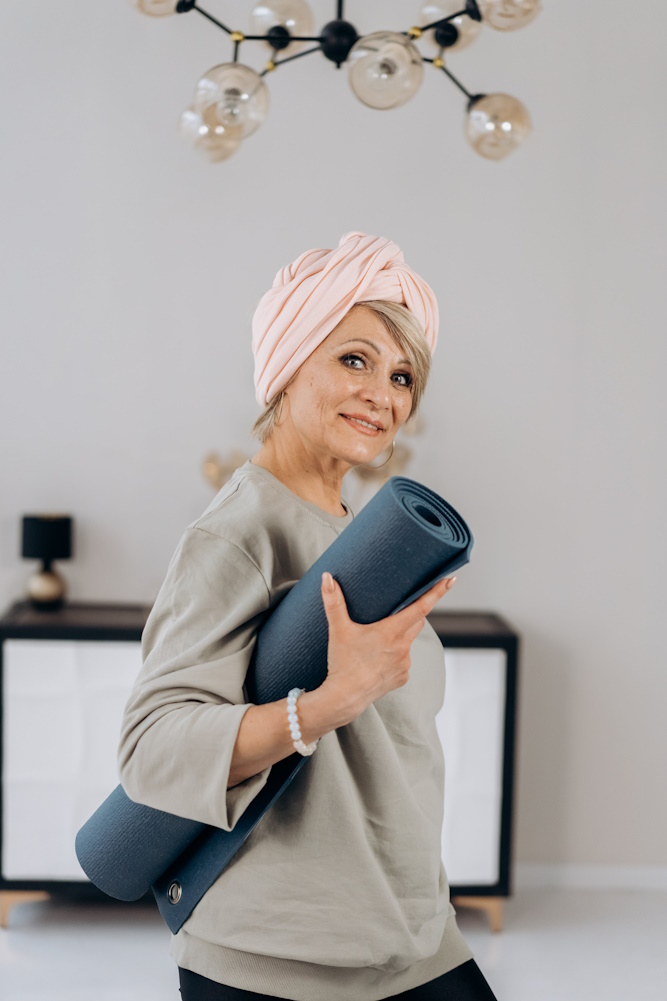Pilates, known for its emphasis on core strength, flexibility, and overall well-being, has transformed the lives of countless individuals. These Pilates success stories serve as powerful testimonials to the transformative power of this fitness method. From improved physical fitness to enhanced mental well-being, the success stories of Pilates practitioners highlight the effectiveness of this discipline. In this exploration of Pilates success stories, we’ll delve into the timelines for seeing results, the impact of Pilates on physical fitness, the overall success rate of Pilates, and the frequency of practice required to achieve visible results.
How Long Does It Take to See Results After Pilates?
The timeline for seeing results after starting Pilates can vary from person to person. Several factors influence how quickly individuals notice changes in their bodies and well-being, including:
1. Frequency of Practice: The more regularly one practices Pilates, the faster they may see results. Consistent practice accelerates improvements in core strength, flexibility, and overall fitness.
2. Prior Fitness Level: Individuals who were already physically active or had a background in fitness may see results more quickly. They may have a head start in terms of core strength and body awareness.
3. Specific Goals: The nature of your fitness goals will impact the timeline for results. If you’re seeking core strength, you may notice improvements sooner than someone focusing on flexibility.
4. Individual Progress: Every person’s body responds differently to exercise. Some individuals experience rapid changes, while others may require more time to notice significant improvements.
On average, many Pilates enthusiasts report seeing noticeable changes in their body and physical abilities after a few weeks of regular practice, typically attending classes two to three times a week. Initial changes often include increased core strength, improved posture, enhanced flexibility, and heightened body awareness. However, achieving more substantial goals, such as advanced flexibility or significant muscle tone, may require several months of consistent practice.
Does Pilates Really Get You in Shape?
Yes, Pilates is an effective method for getting in shape, provided it aligns with your fitness goals and you practice it consistently. Here’s how Pilates helps you get in shape:
1. Core Strength: Pilates places a strong emphasis on core strength, which is fundamental for overall physical fitness and stability.
2. Muscle Tone: Pilates engages a wide range of muscle groups, promoting balanced muscle development and enhanced muscle tone.
3. Flexibility: Pilates incorporates stretching exercises that improve joint mobility and overall flexibility, making it an excellent choice for achieving a more limber and agile body.
4. Posture and Alignment: Pilates enhances body awareness and encourages proper body alignment, helping you maintain good posture in daily life.
5. Mind-Body Connection: Pilates promotes a strong mind-body connection, fostering mindfulness, focus, and stress reduction.
6. Functional Fitness: Pilates exercises are designed to improve functional fitness, making daily activities easier and more efficient.
The effectiveness of Pilates in getting you in shape depends on your commitment to regular practice and the alignment of Pilates with your specific fitness goals. Whether your aim is to build strength, improve flexibility, or enhance overall fitness, Pilates can be tailored to meet your needs.
How Successful Is Pilates?
Pilates has a high success rate for many individuals due to its adaptable nature and emphasis on holistic well-being. Success in Pilates can be defined in various ways, including:
1. Improved Physical Fitness: Many individuals experience success in terms of enhanced core strength, flexibility, muscle tone, and overall physical fitness.
2. Pain Reduction: Pilates can be highly successful in reducing and managing musculoskeletal pain, making it a valuable practice for individuals with chronic pain or injuries.
3. Mental Well-Being: Success in Pilates often extends to mental well-being, including stress reduction, improved focus, and emotional balance.
4. Functional Benefits: Pilates success stories frequently highlight improvements in daily activities, with individuals reporting greater ease in performing tasks and maintaining better posture.
5. Long-Term Benefits: Success in Pilates is not limited to short-term goals. Many practitioners experience ongoing benefits and improvements in their physical and mental well-being over the long term.
While Pilates has a high success rate, the extent of success varies from person to person and is influenced by factors such as individual goals, consistency of practice, and the guidance of qualified instructors. Success in Pilates is often measured by the positive impact it has on one’s life, both physically and mentally.
How Many Times a Week Do You Need to Do Pilates to See Results?
The frequency of Pilates practice needed to see results depends on your specific goals and current fitness level. Generally, practicing Pilates two to three times a week can lead to noticeable improvements in core strength, flexibility, and overall fitness. This frequency allows for consistent practice and the reinforcement of Pilates principles.
If you’re aiming for more rapid progress or have specific fitness objectives, you may choose to practice Pilates more frequently, potentially five times a week or daily. However, it’s essential to strike a balance between consistent practice and allowing your body to rest and recover, especially if you’re new to Pilates or engaging in more intensive workouts. Overtraining can lead to fatigue and potential injury.
Ultimately, the key to seeing results in Pilates is not just the frequency of practice but the quality of your practice. Emphasizing proper technique, mindfulness, and progression in your exercises will contribute to successful outcomes.
In summary, the timeline for seeing results in Pilates varies among individuals and is influenced by factors like practice frequency, prior fitness level, specific goals, and individual progress. Pilates is an effective method for getting in shape, promoting core strength, muscle tone, flexibility, and overall well-being. Success in Pilates is defined by physical and mental improvements and is influenced by individual goals and the consistency of practice. The frequency of Pilates practice needed to see results depends on your specific goals and fitness level, with two to three times a week being a common starting point for noticeable improvements.
